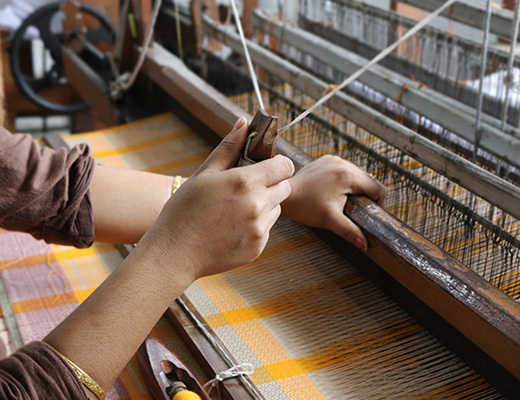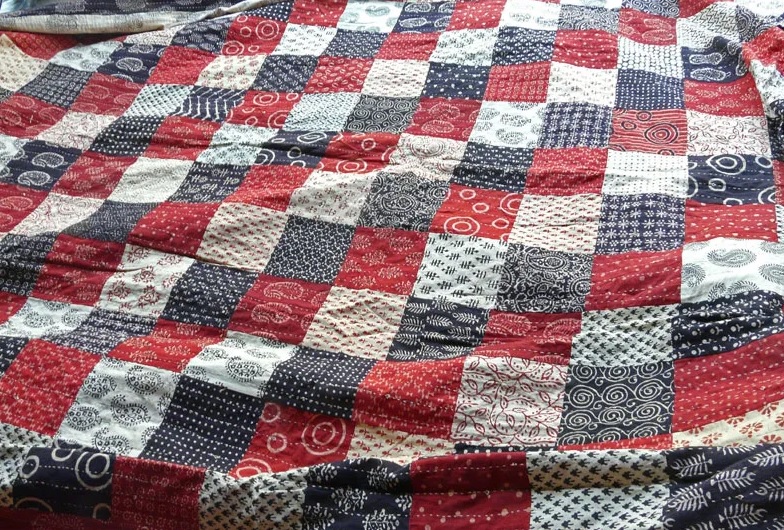A new report by WGSN explores the integration of multidimensional technologies in the fashion industry and how they are rapidly evolving and cross-pollinating, progressing toward a multi-layered future. The report discusses the role of AI in fashion, including generative AI fashion, digital reality fashion, and robotic attire.
Generative AI (GenAI) has the potential to aid fashion designers in the creative process by offering a myriad of innovative design suggestions. However, GenAI's role in fashion is not to supplant human creativity but to amplify it. Designers still retain a pivotal role in interpreting and refining AI-generated designs.
Extended reality technologies, such as virtual reality and augmented reality, are also transforming the fashion industry. These technologies create an immersive experience that transcends the mere physical attributes of fashion items. They enable users to interact with fashion products on a deeper, more meaningful, and personalized level.
The report also introduces the concept of robotic wear, where the boundary between human biology and technological apparatus becomes blurred. Robotic clothing is pushing the boundaries of fashion, engineering, and human potential. It is bringing us closer to a reality akin to Iron Man, where apparel can enhance our abilities and elevate us to a superhuman level.
The report concludes by suggesting that robots could be the ultimate fashion trendsetters in the future. As AI and extended reality technologies become more sophisticated, robots will be able to design, create, and market fashion in ways that are beyond the capabilities of humans.
In short, the future of fashion is multidimensional and robots are poised to play a major role.











